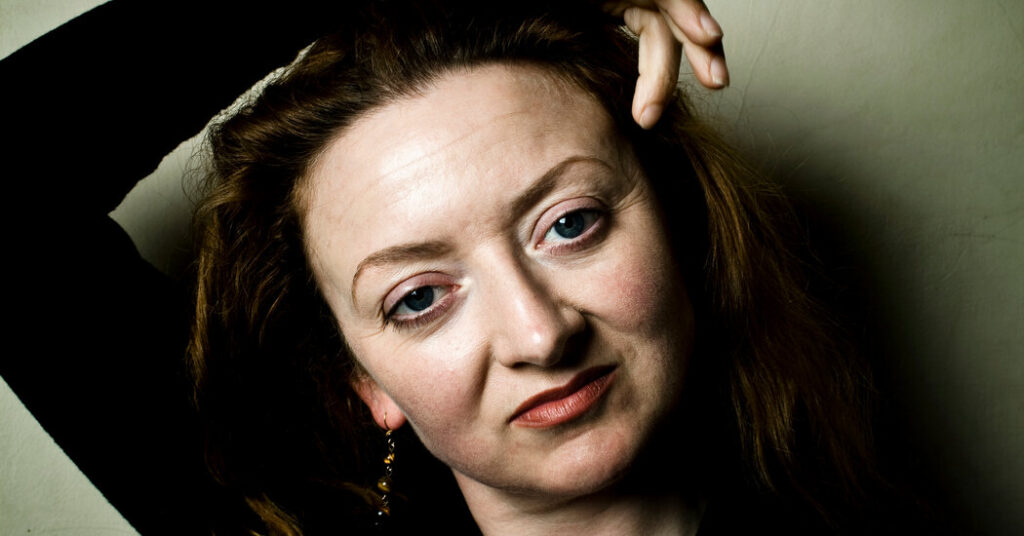
Keegan says her work is often described as pared down, when in fact, she writes stories as they come to her, without giving a thought to length.
“What pleases me,” Keegan said, “is brevity.”
Stories often begin as a single image that gets lodged in her head. “Foster,” for example, grew out of an image a girl staring down a well at her reflection. Keegan said she revises obsessively, sometimes going through as many as 50 drafts, but never maps out a plot.
“I don’t believe in plot and I’ve never plotted anything,” she said. “I don’t think you can be in the paragraph if you’ve already decided where you need to be.”
She writes out notes and scenes in longhand, until she settles into a character’s point of view, then switches to a computer. The note-taking stage can last years, Keegan said.
She avoids lengthy dialogue and exposition out of respect for her characters, who tend to be reticent types, unwilling to divulge what’s eating at them.
“It’s not just that the character goes into it reluctantly, I too go into it with reluctance,” she said. “I’m very reluctant to go into anybody’s privacy, and that’s one of the reasons I find writing difficult.” Exposing feelings her characters prefer not to acknowledge strikes her as unseemly she said, adding, “I think all good writing is good manners.”
If Keegan has a guiding ethos in her writing, it’s perhaps her willingness to leave things unsaid, and her adherence to efficiency. Keegan sometimes references a letter Chekhov wrote, describing how grace stems from the ability to complete an action with the fewest number of movements. Keegan feels the same principle applies to graceful writing, she said.
“There’s something in the tact,” she said. “To be tactful is also to not say more than enough.”
You may also like
-
Breaking Barriers: Yuval Kanev’s ‘Helpless Earth: Reckless Science’ Provokes Urgent Dialogues on Technological Accountability
-
Astronomy for Teenagers: Galactic Odyssey – Inspiring Tales of Celestial Trailblazers
-
Books Over Bucks: Professor Aman’s Journey with First Book School
-
The Future of Humanity—From Sapiens to Homo Novus: An Insightful Dialogue with Amakiri Welekwe
-
From Times Square to Everywhere: Jamaal Wesley’s Book Makes a Splash

